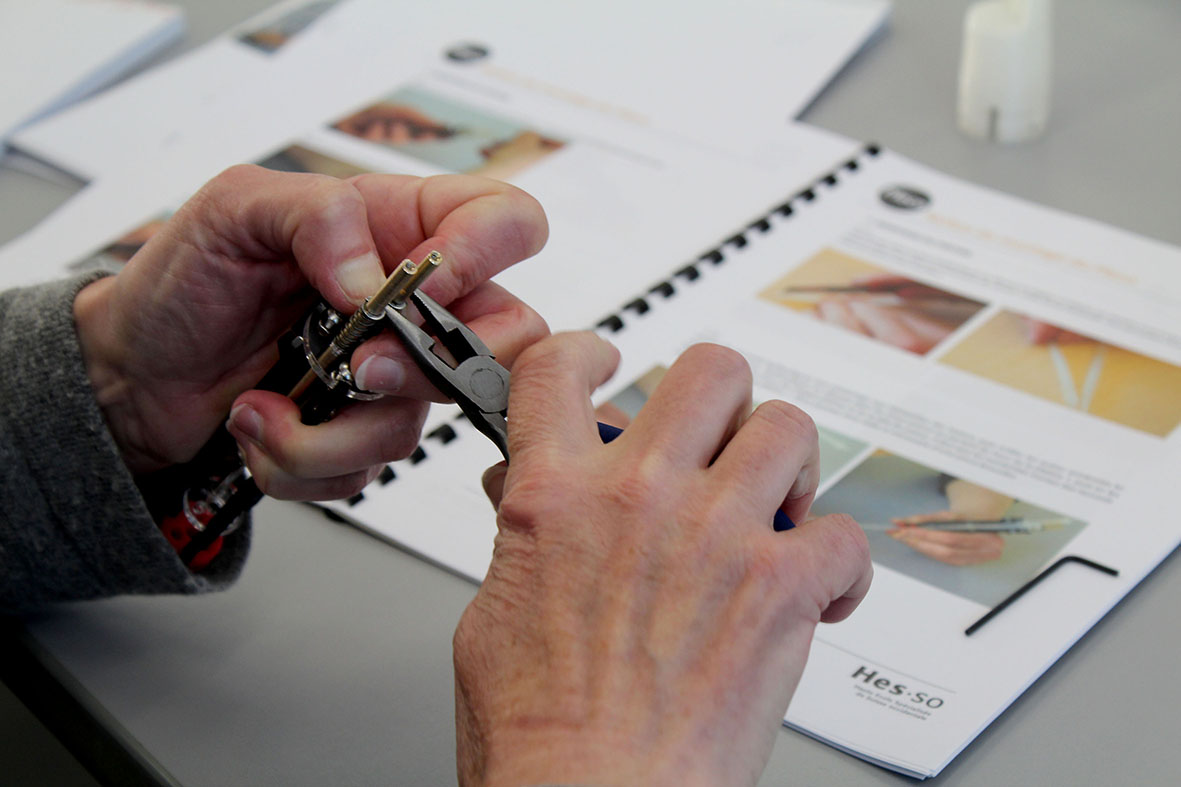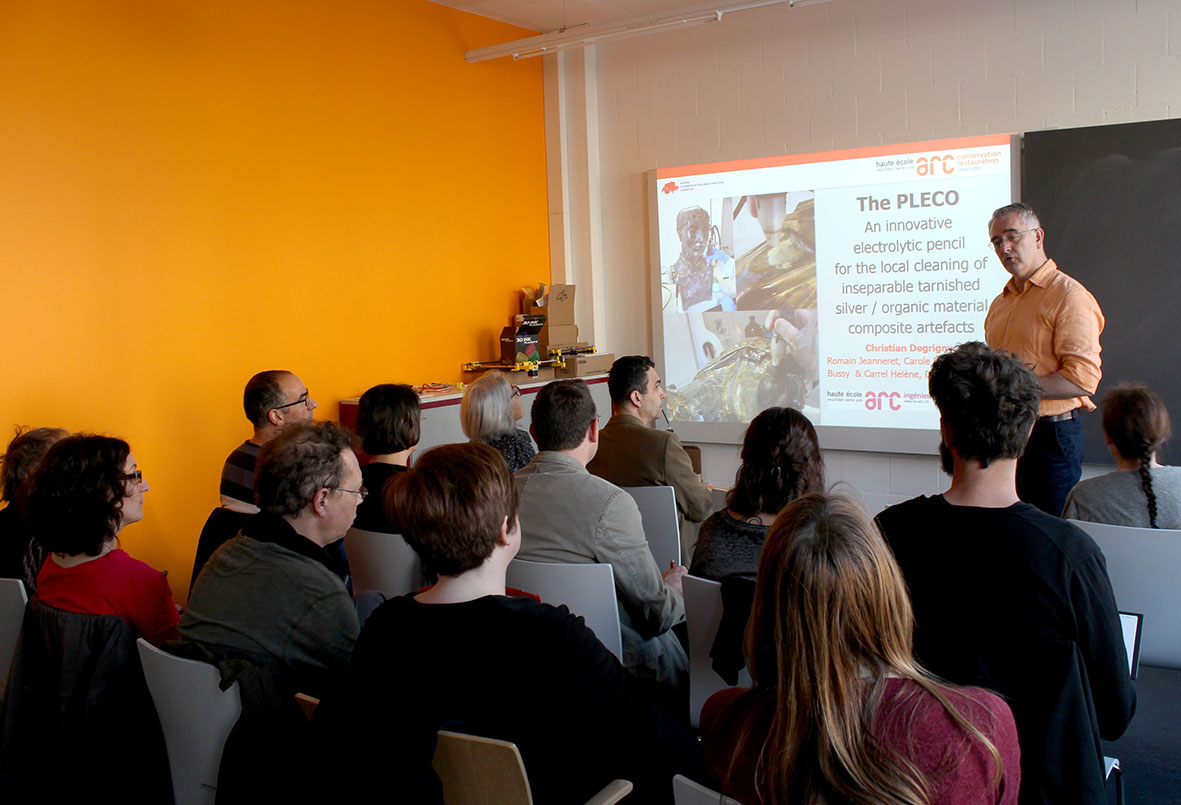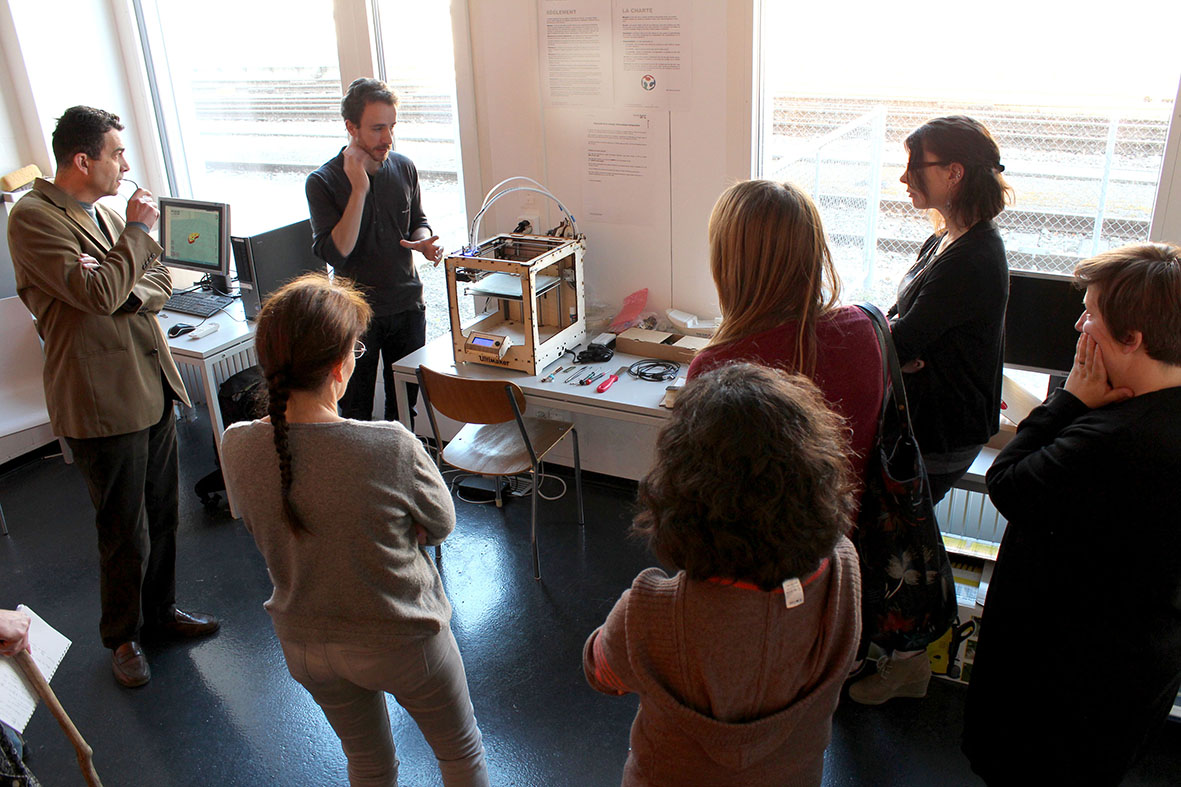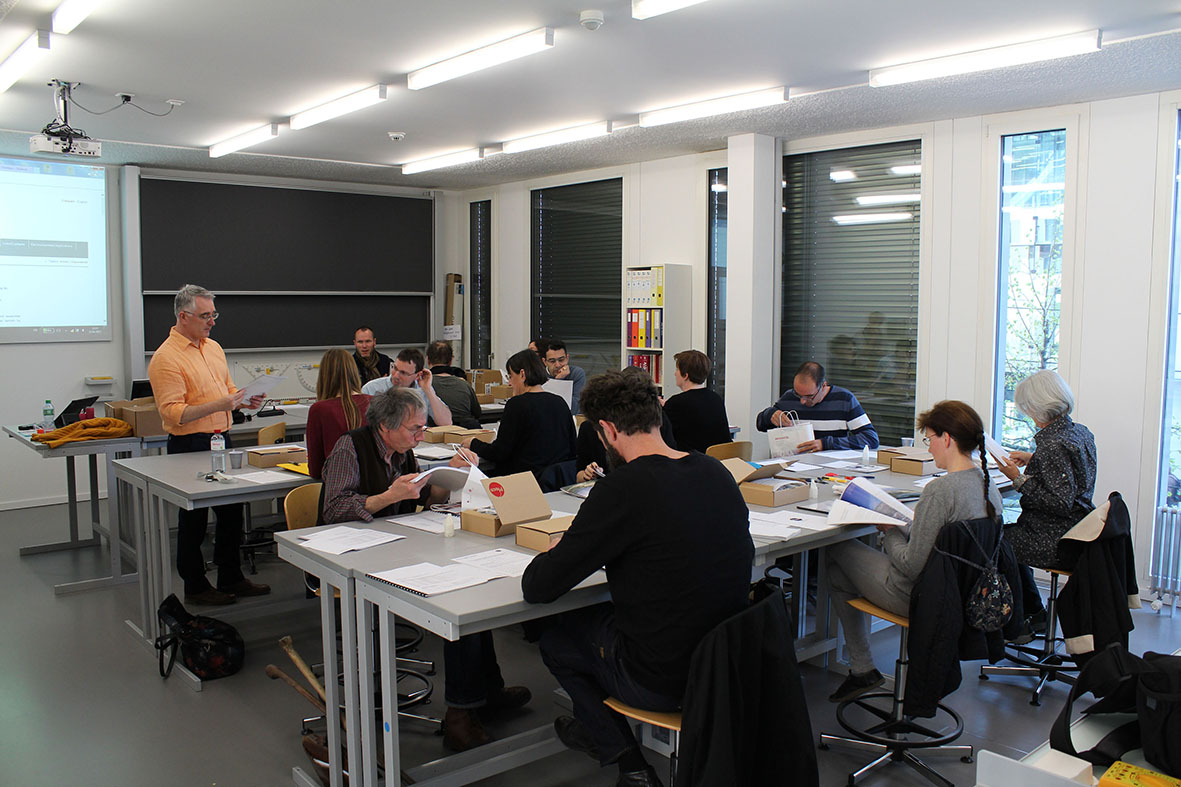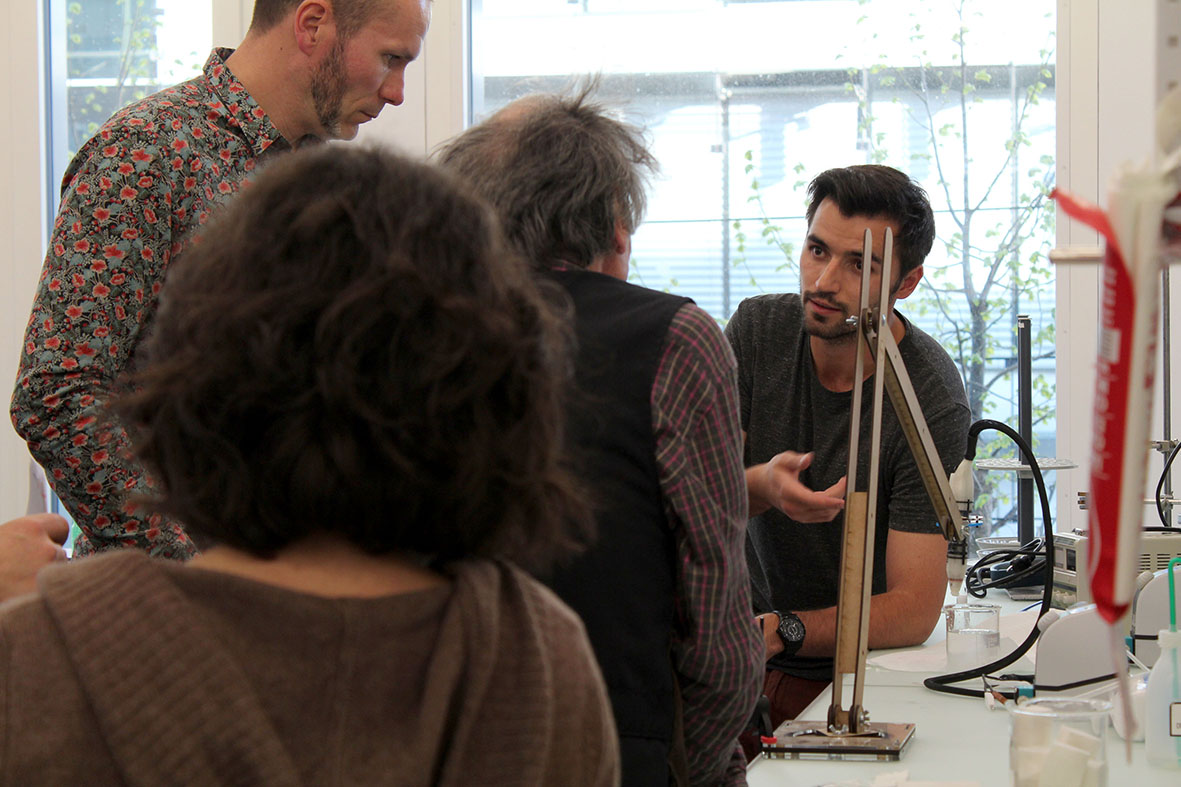You are not logged in.
- Topics: Active | Unanswered
Fabricate/Acquire your Pleco
PhilosophyThe conservation field is considered a niche market. Therefore our objective was not to conceive the Pleco with complex and expensive techniques for mass production; like plastic injection or CNC (Computer Numerical Control) for fabrication of metallic elements. To adopt the pragmatic approach of the field, it was more realistic to fabricate a tool which conservators could take ownership of and modify according to their needs. For us it became essential to create a pencil which could be fabricated with techniques within the reach of conservators and be fully dismantled. In this way, conservators can re-make elements and make some improvements or adjustments to the intended functionality. After careful consideration, we decided to use fabrication techniques commonly employed by FabLabs; these small-scale workshops offer digital fabrication which are suitable for fast prototyping. Using flat rate computer-controlled technologies (3D printing, laser cutting, digital milling machines…) these laboratories enable any operator to personally fabricate their own Pleco. The FabLab approach advocates the sharing of knowledge related to the available production methods. The sophisticated skills required to use these technologies are accessible to conservators. These FabLabs are constantly evolving and can be found in several countries. When an end-user wants to modify their Pleco, they just need to produce a computer-assisted 2D or 3D drawing and visit their nearest FabLab. They can then fabricate new elements with the help of other FabLab users. Since any contributor can improve the Pleco, it is intended to be a tool which evolves via collaborative and open routes: under the Creative Commons patent Attribution-NonCommercial-ShareAlike 3.0 Unported. With the fabrication files and the Pleco assembly instructions (see section Downloads) as well as the technical support of FabLabs, any interested professional can conceive their Pleco and share experiences with other end-users. The optimization of the Pleco will continue through the network of its end-users. The open source access should favour the implementation of the Pleco. At present, interested professionals are those in the heritage conservation field, but we hope to raise interest from professionals in other sectors (e.g. metal corrosion control engineering for industry).
Do it yourself!The Pleco has been designed as a tool you can fabricate yourself from open source files (see section Downloads). Any professional (conservator or other) can build their own Pleco with these files.
-For those who are not familiar with 3D printing and laser cutting, the HE-Arc CR in partnership with the FabLab-Neuchâtel offer training sessions suited to your needs : - Introduction to making a Pleco, - Using a Pleco in conservation-restoration. Training sessions (charged) are organized on request in Neuchâtel or abroad. Enquiries can be addressed to : Christian Degrigny (christian.degrigny(at)he-arc.ch). The first training session was held in Neuchâtel on 21-22 April 2015:
-For those who are interested in acquiring a ready-to-use Pleco, enquiries can similarly be addressed to Christian Degrigny. |

